The Robotic City seminar began with the simple question: how will cities be in 200 years?

In the spirit of The Why Factory, the answer to such a speculative question was undertaken with an optimistic mix of research, design, and technological prognostication. As Masters in City & Technology it is important to view the city as an ecosystem of information, inventions, systems, services, and people. These elements evolve and interact much like organisms in “nature.” We realized that there is a plausible future in which various technological realms will soon converge into one. This new realm could be defined as the next nature, and the sequence of events leading up to that realm could be called the biostep.
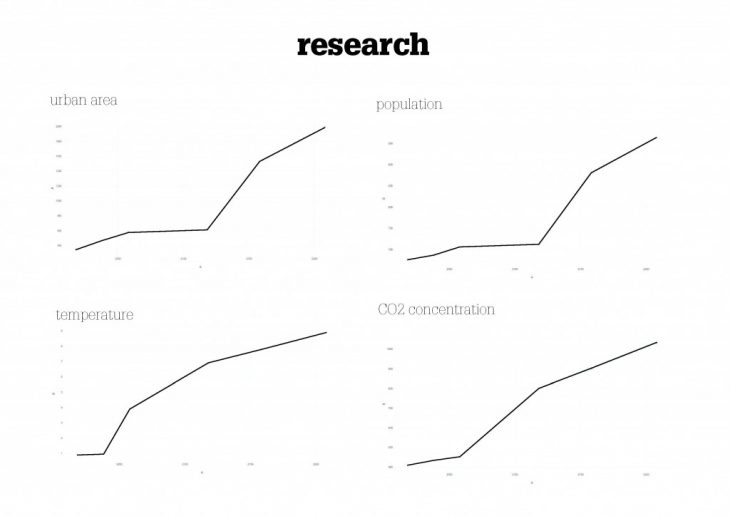
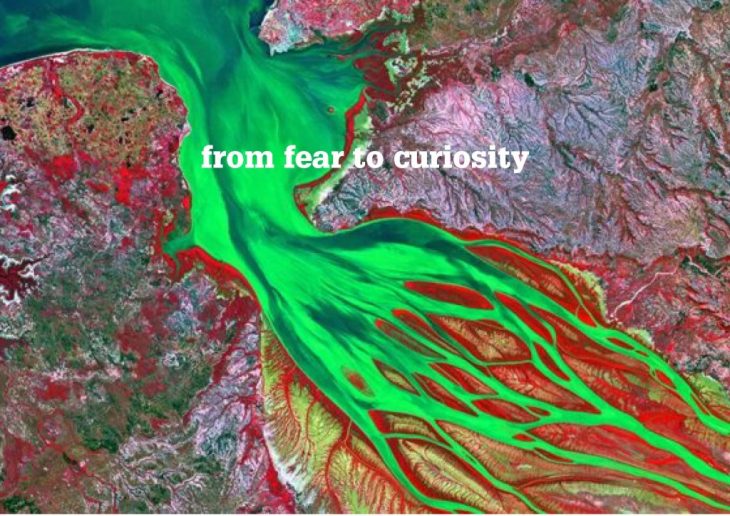
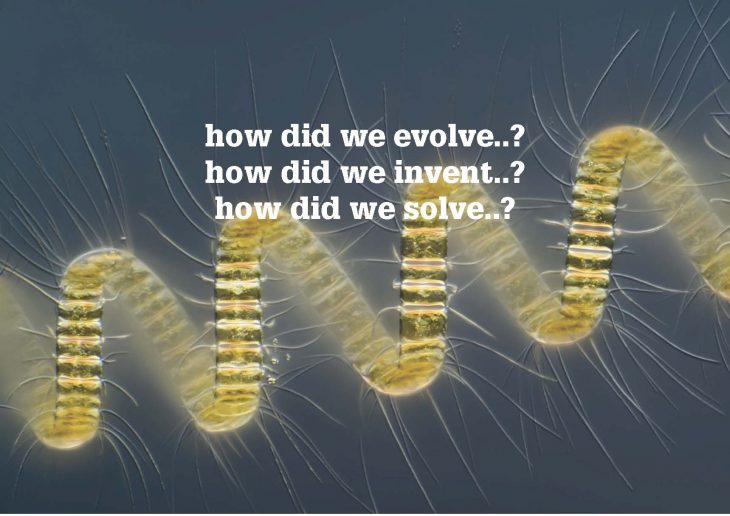
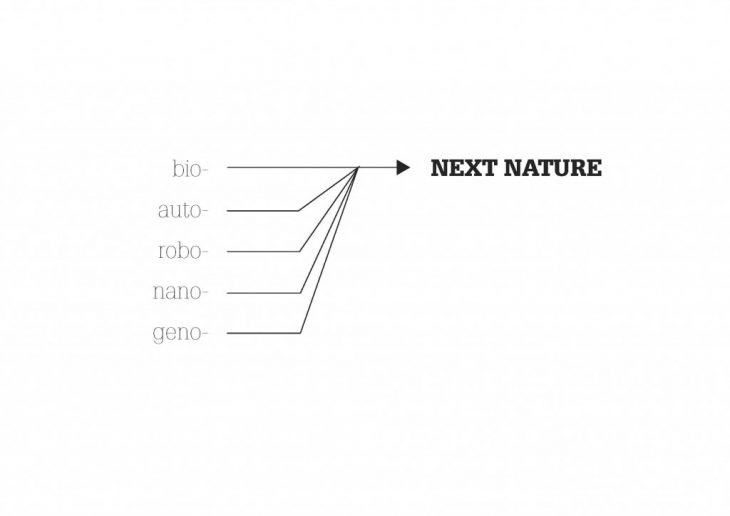
As a group, we researched and compiled a library of technologies and inventions which currently exist, and organized them each according to their time scale of development and their technological realm. Each of us then selected one of these technologies, projected it onto a generic city, and speculated about how this technology would affect the physical city from now until the year 2200.
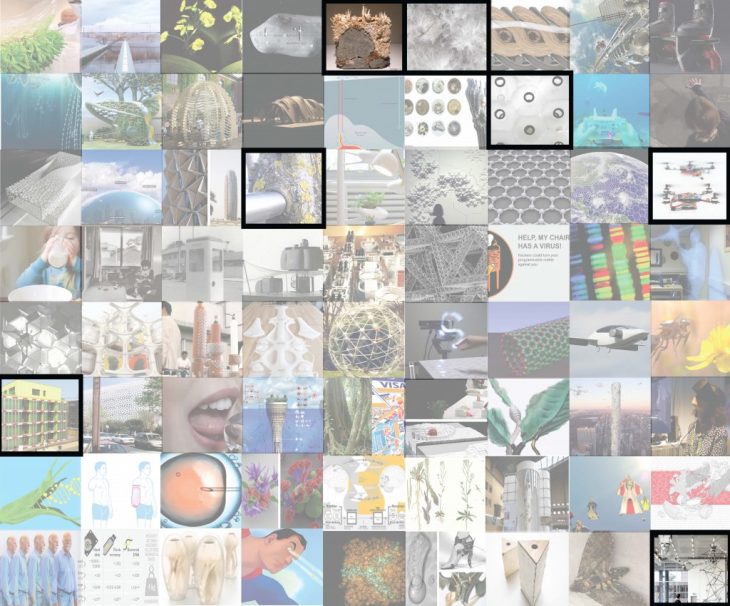
Each speculative scenario was driven by a central “What if….?” question, a timeline of the technology in question, and a series of city sections.
1: WHAT IF IN THE FUTURE… WE COULD BUILD WITH OUR WASTE?
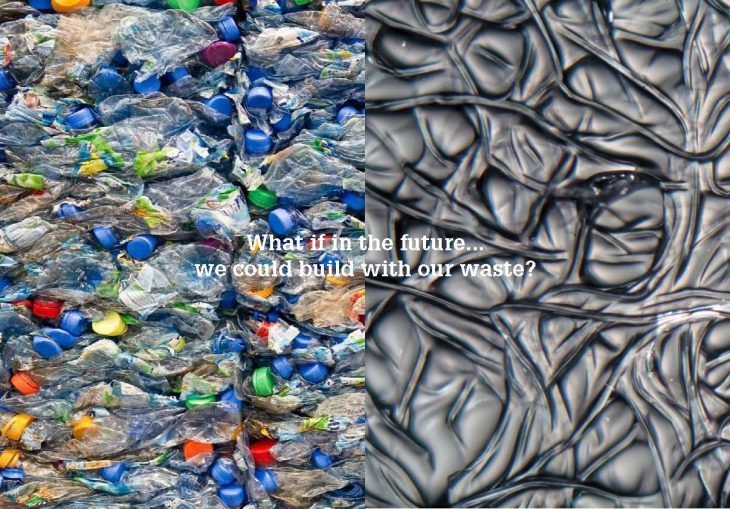
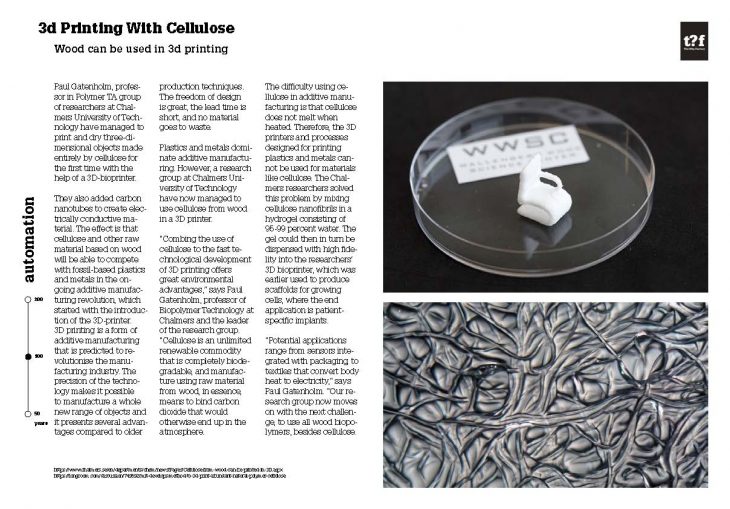
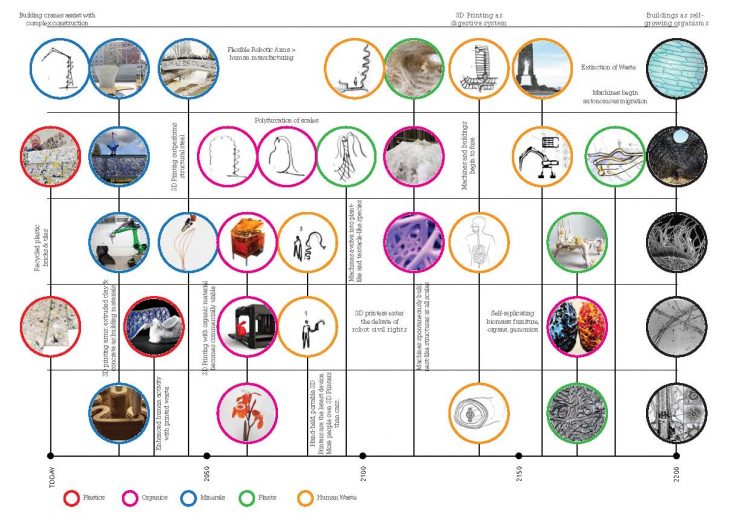
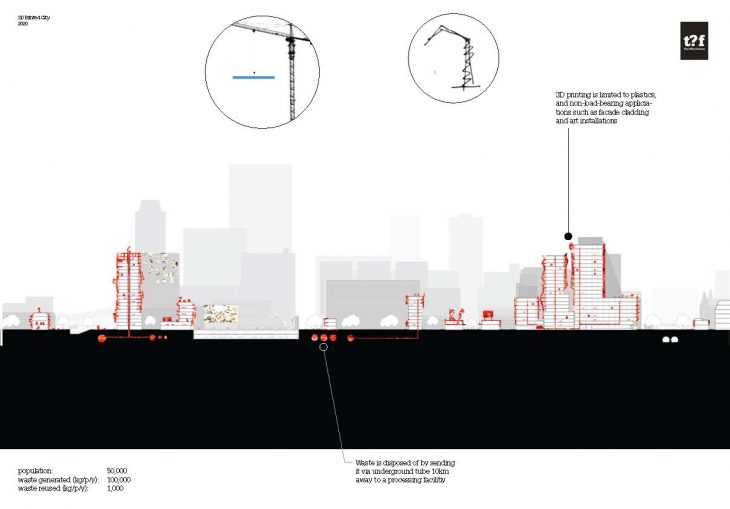
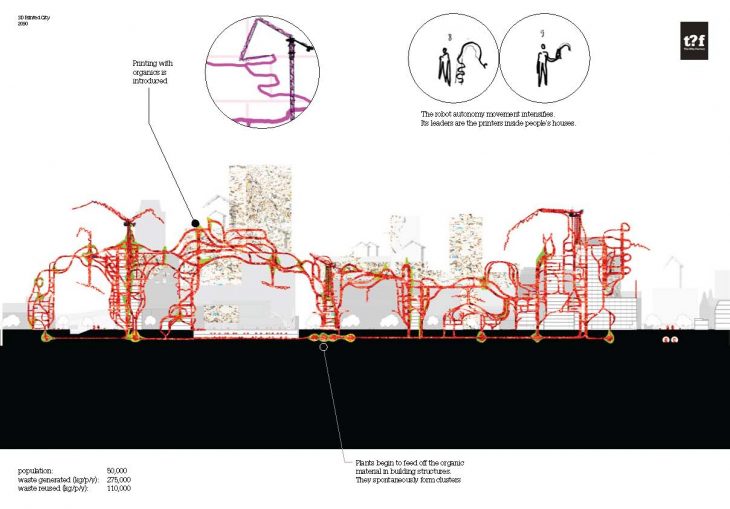
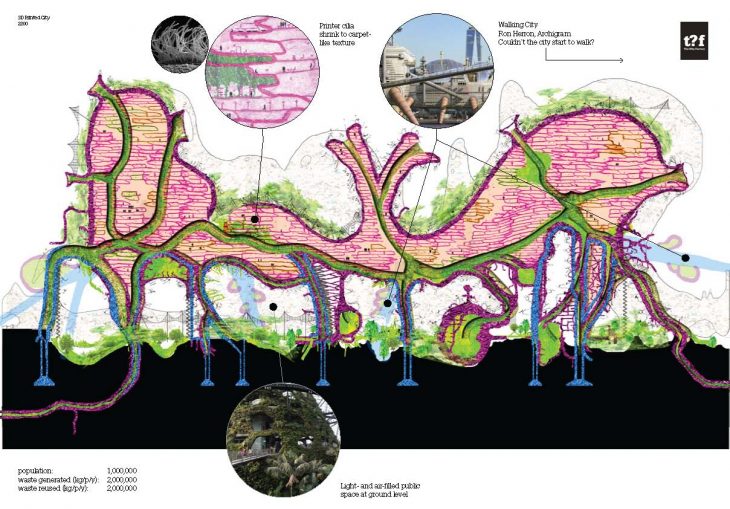
2: WHAT IF IN THE FUTURE… WE LIVED IN A CLOUD OF DRONES?
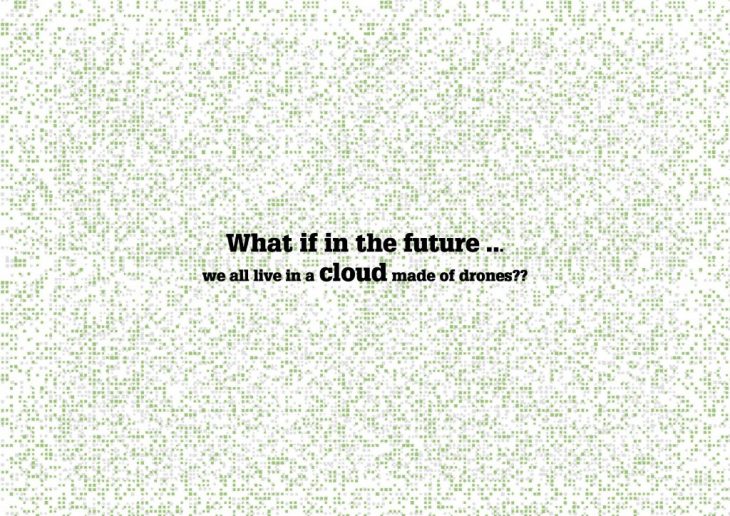
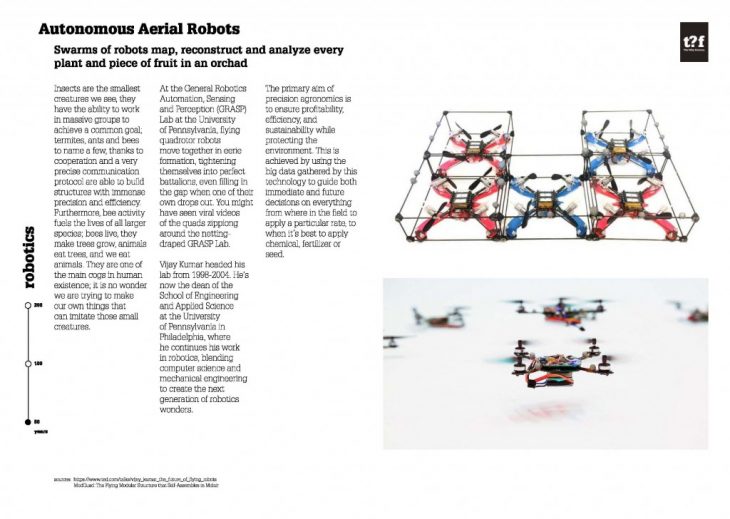
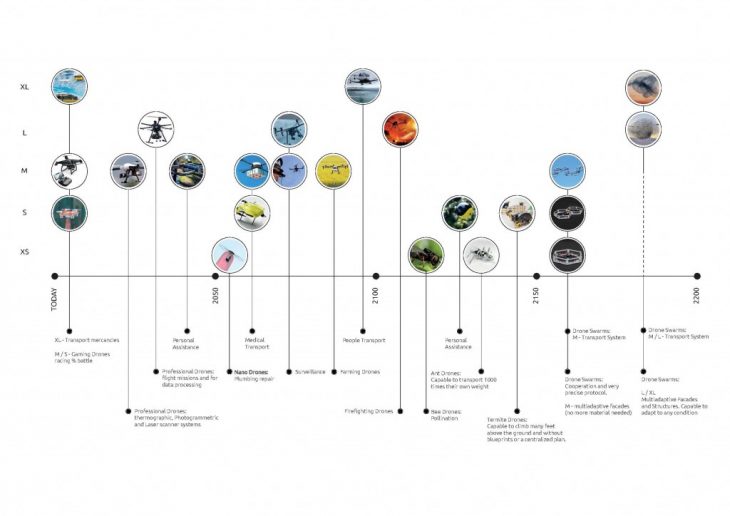
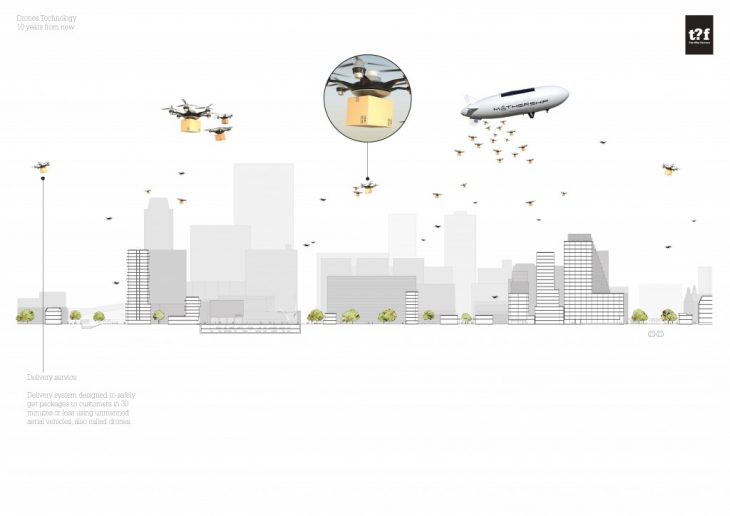
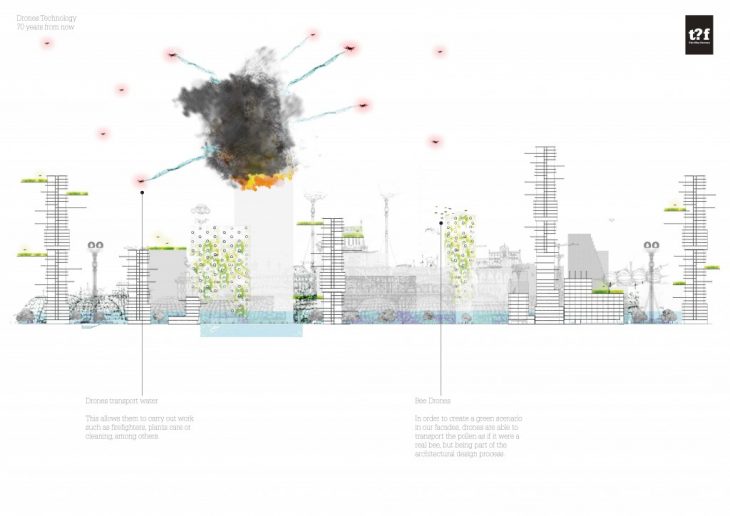
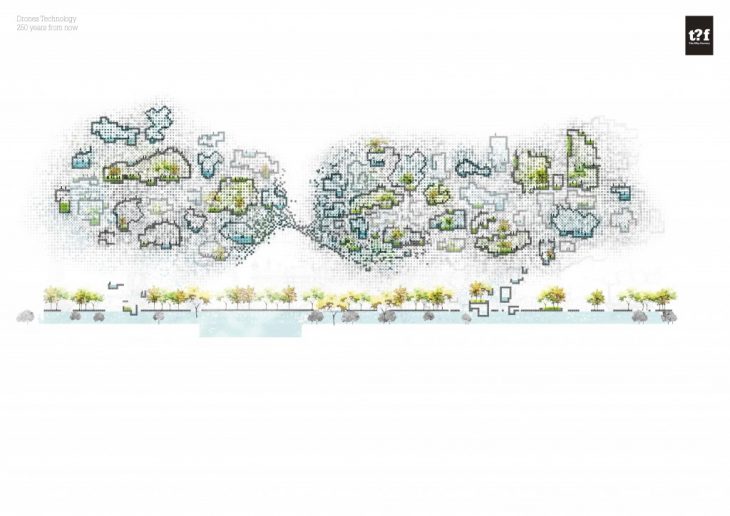
3: WHAT IF IN THE FUTURE… BUILDINGS WERE THE NEW LANDSCAPE?
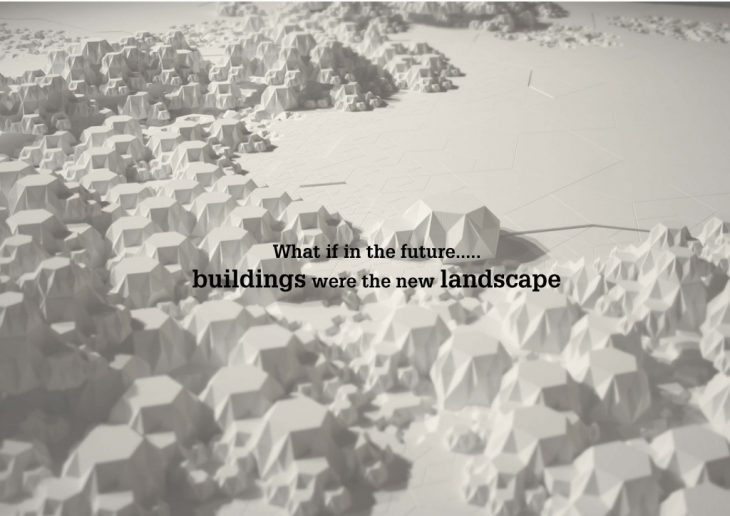
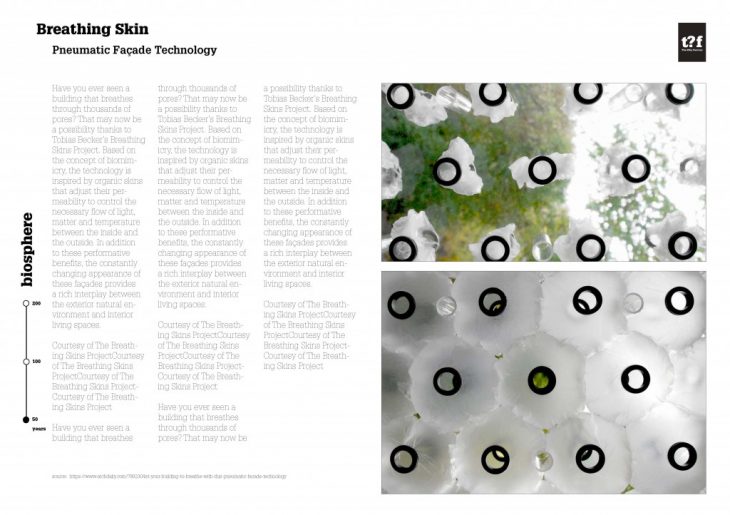
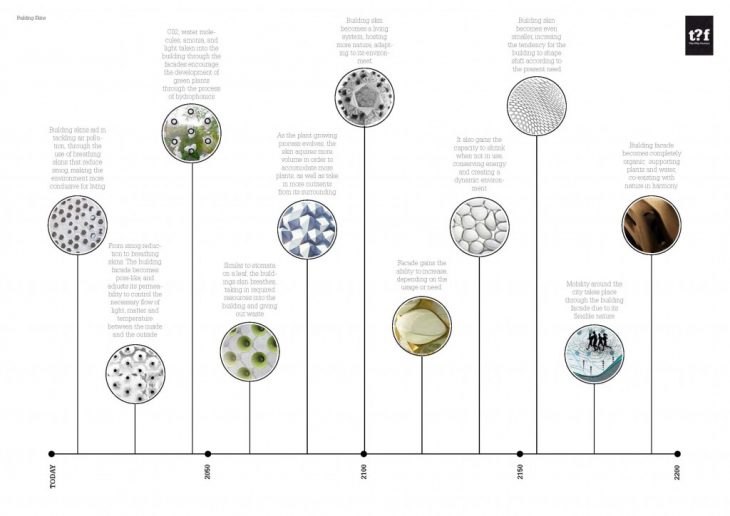
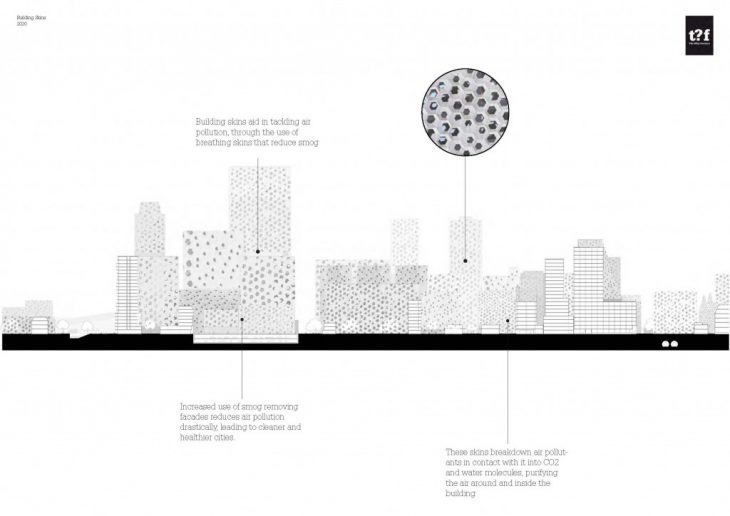
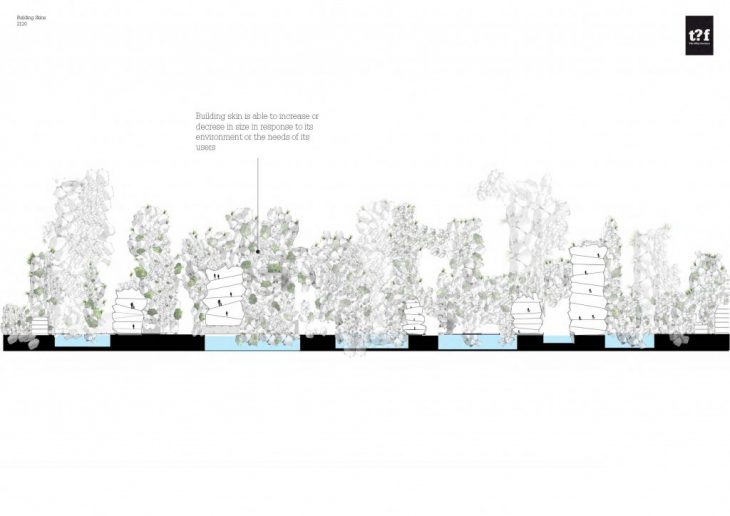
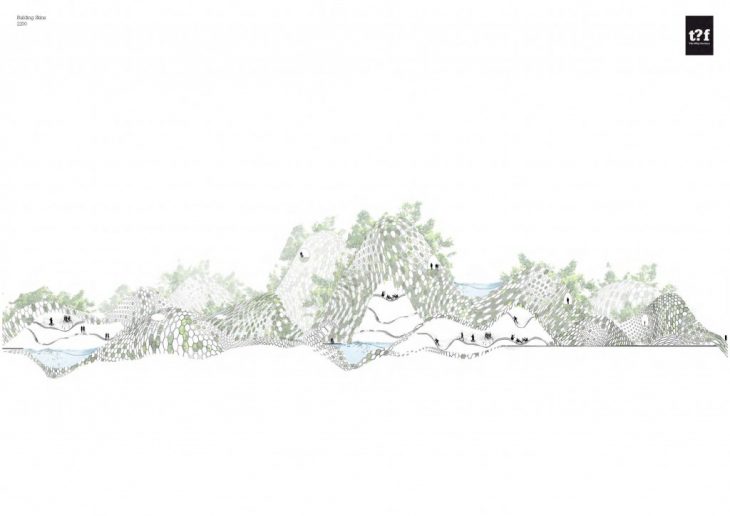
4: WHAT IF IN THE FUTURE… CONCRETE COULD REPAIR ITSELF?
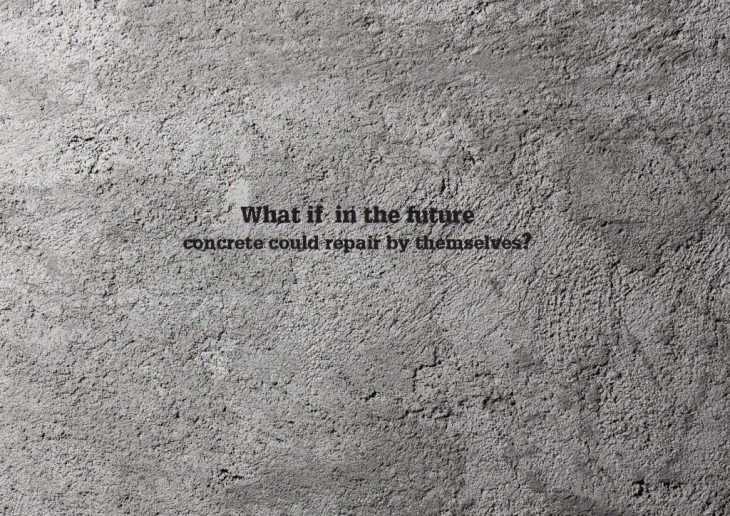
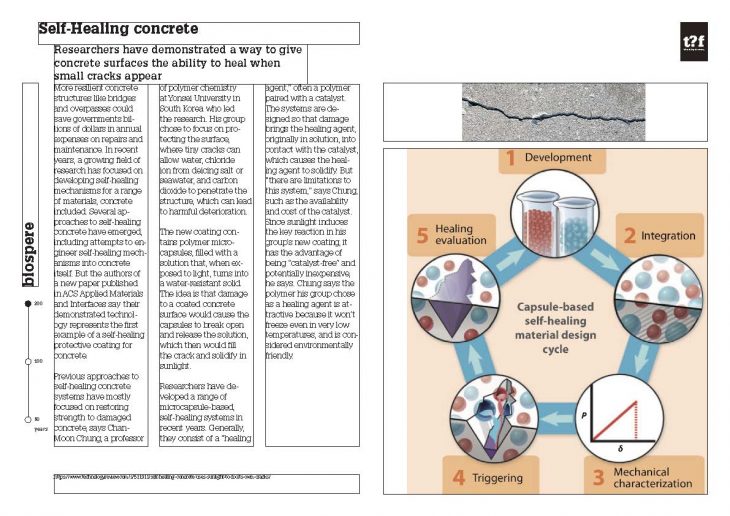
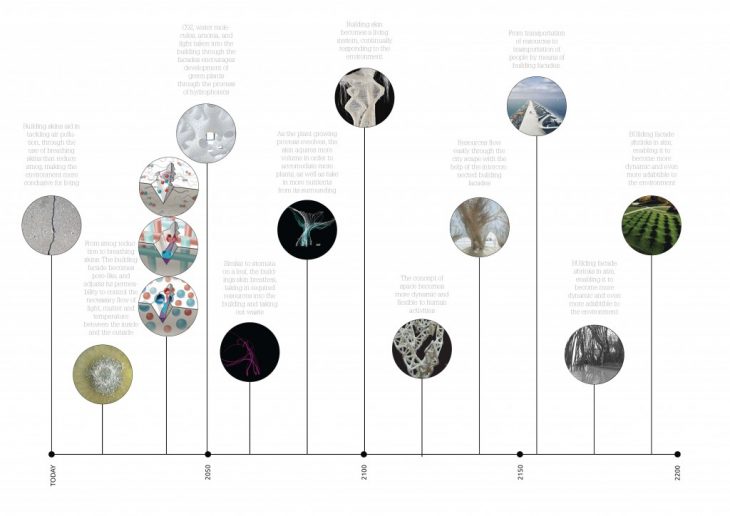
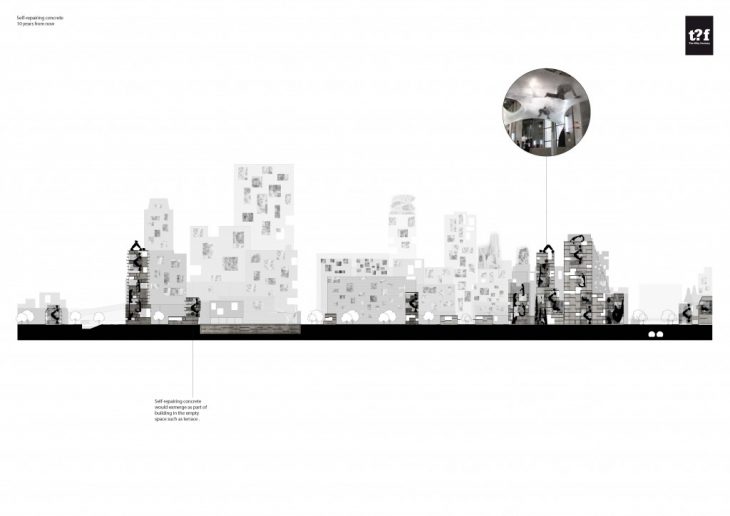
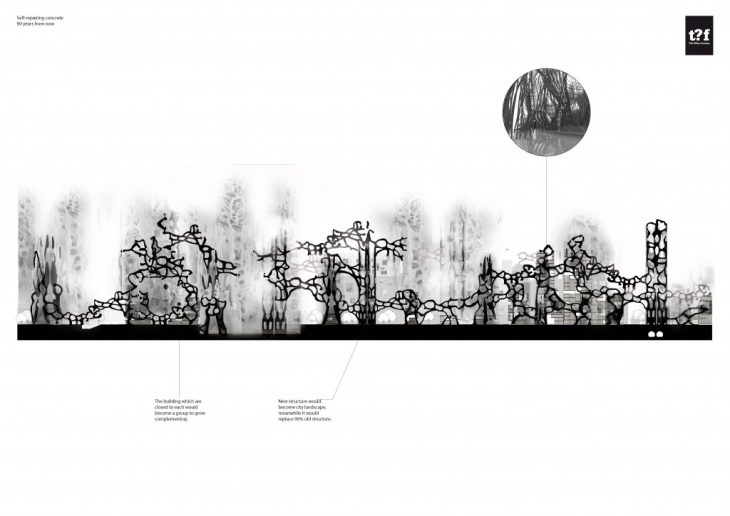
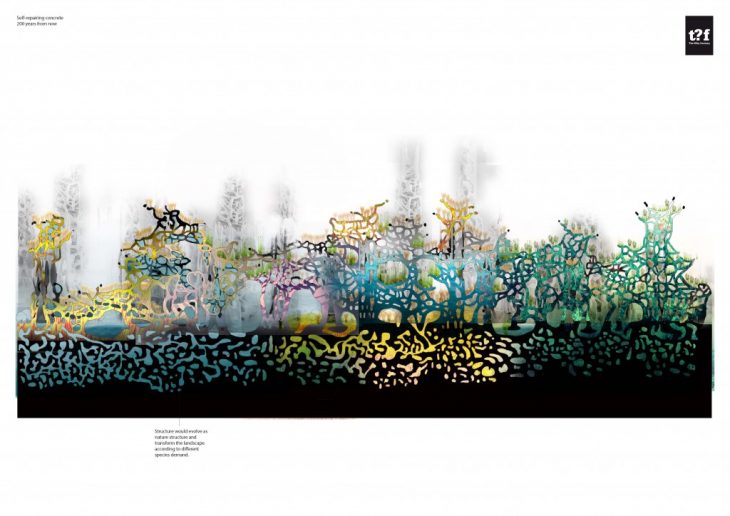
5: WHAT IF IN THE FUTURE… ALGAE WERE OUR CLOSEST NEIGHBOR?
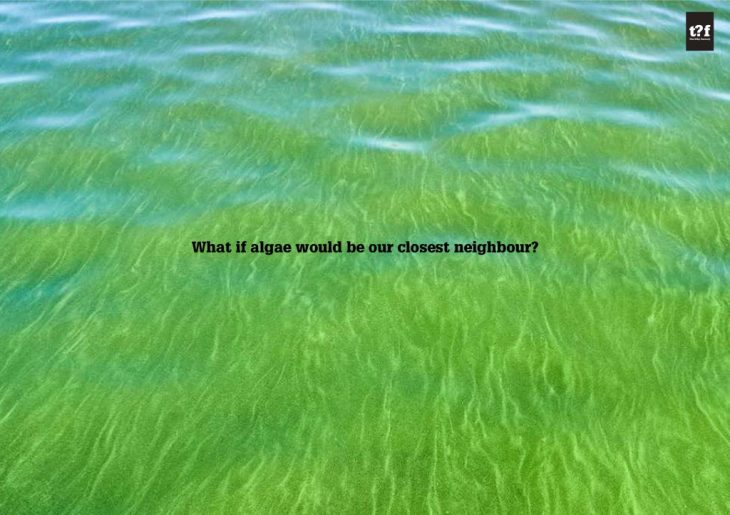
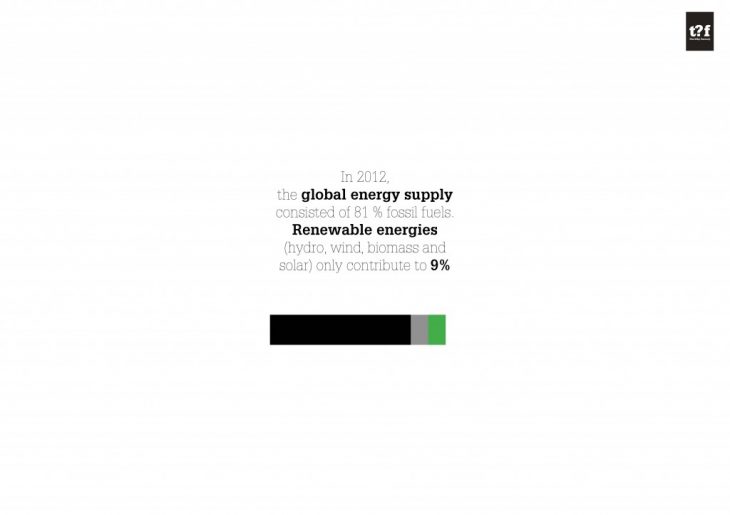
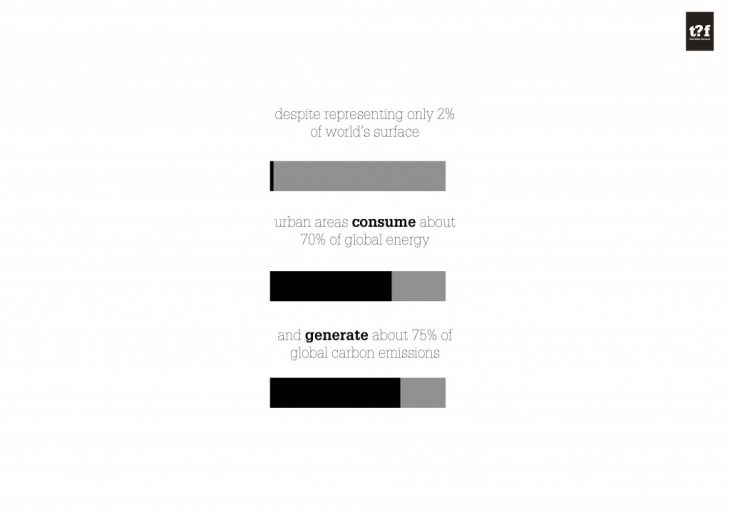
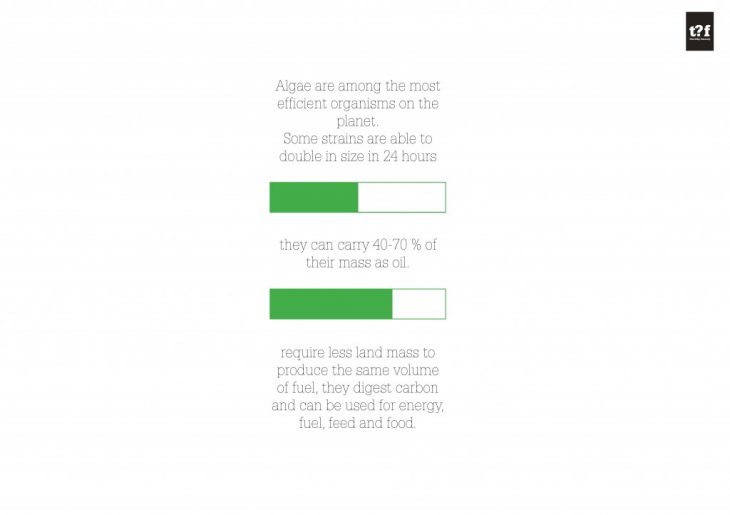
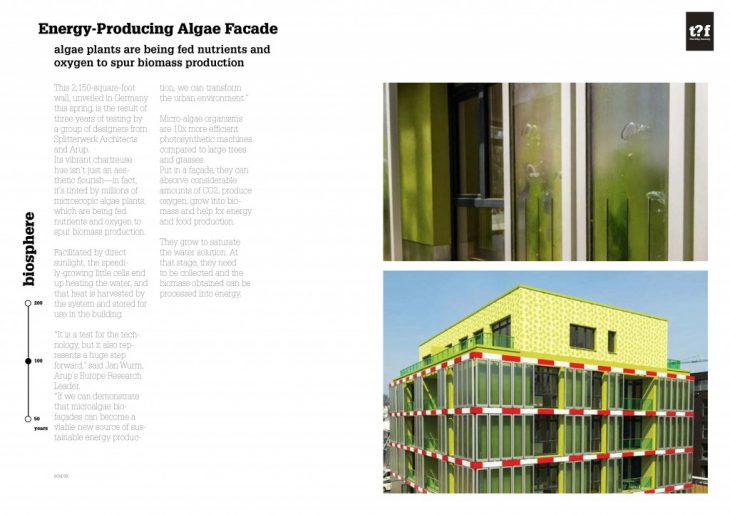
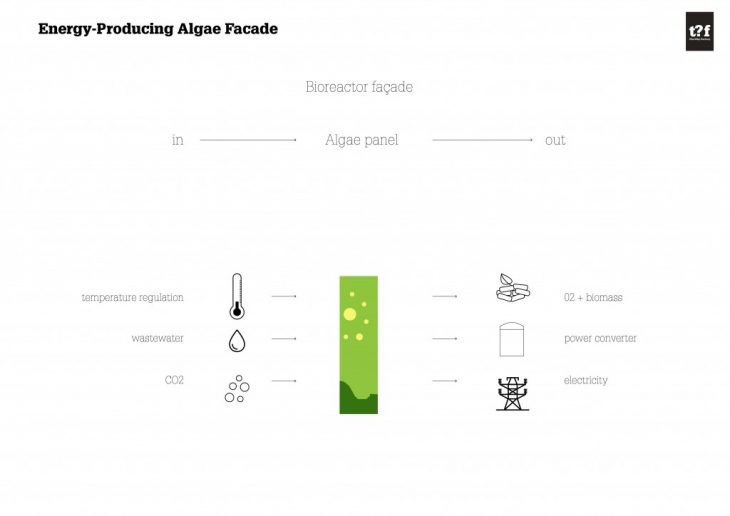
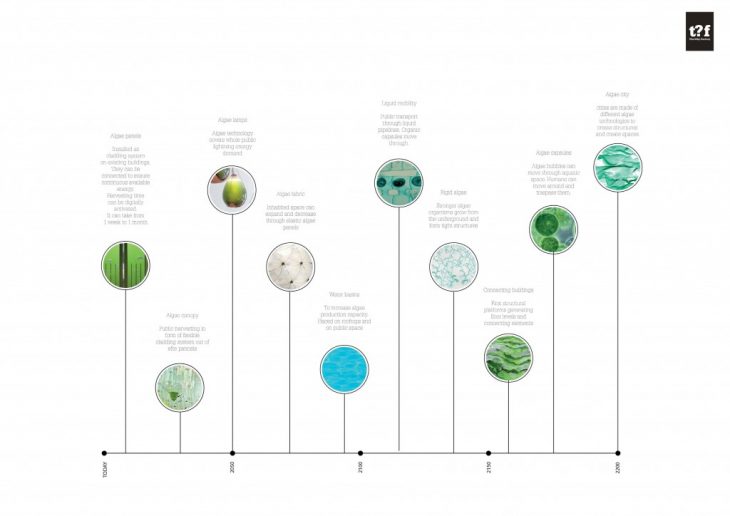
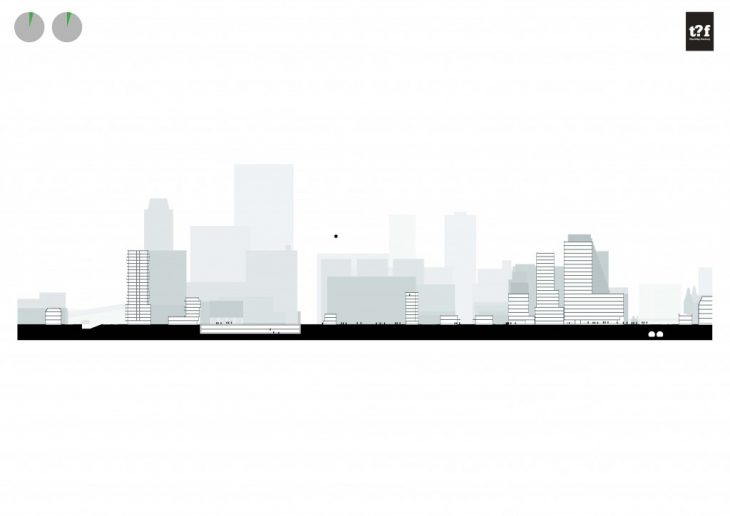
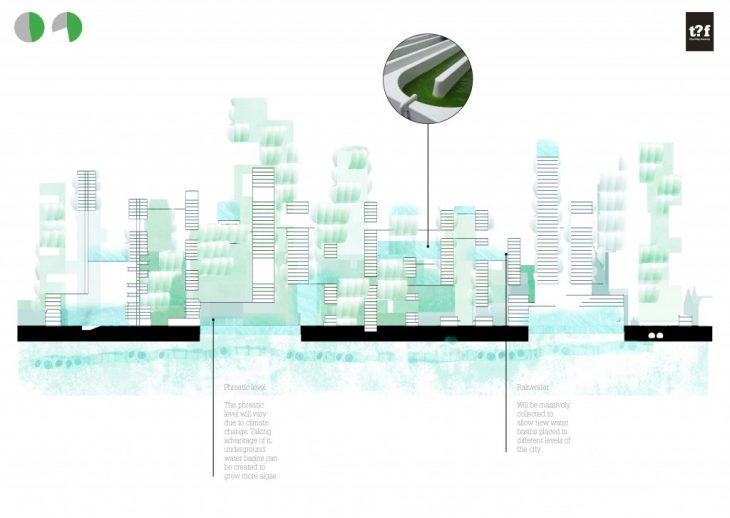
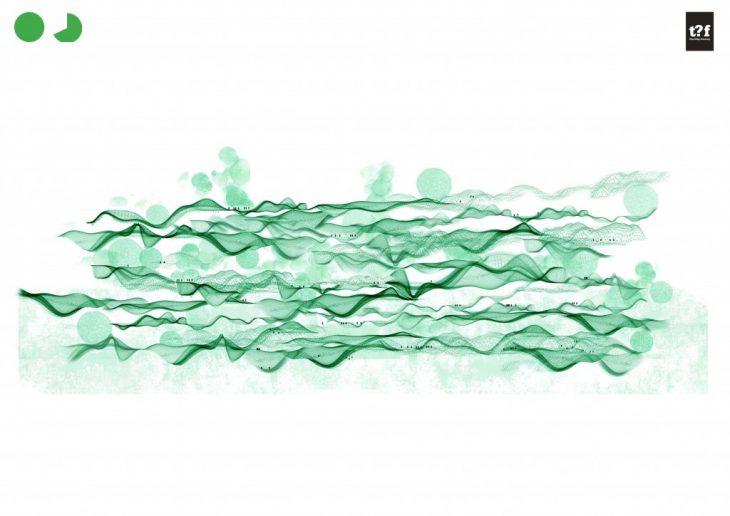
6: WHAT IF IN THE FUTURE… BUILDING MATERIALS WERE ALIVE?
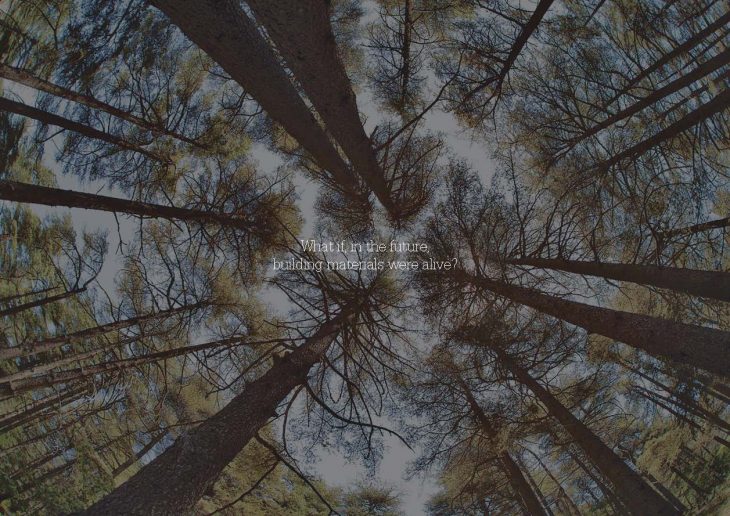
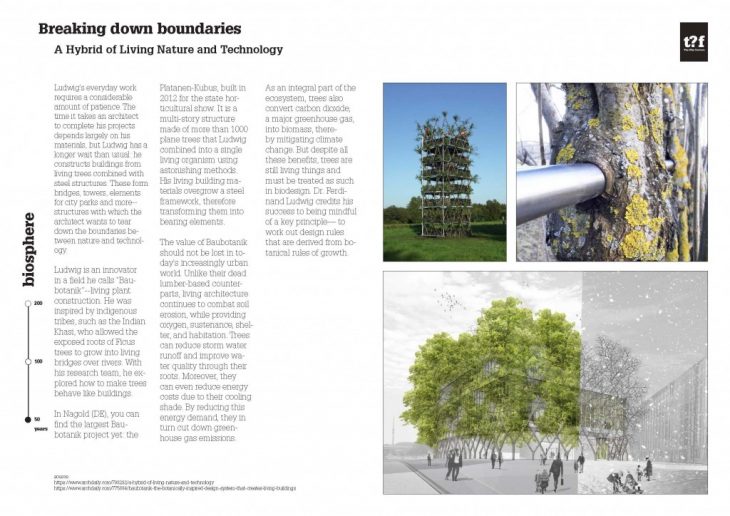
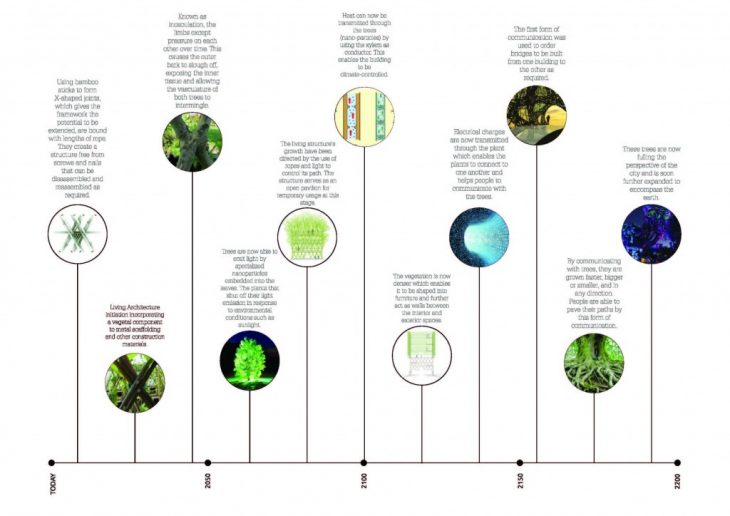
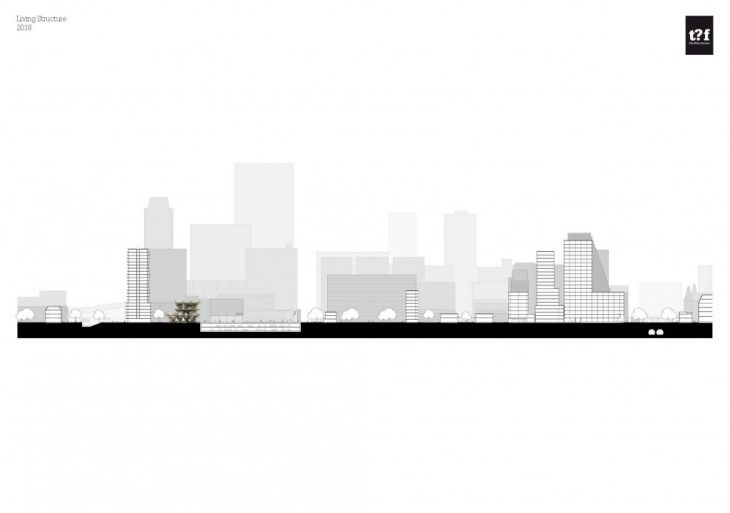
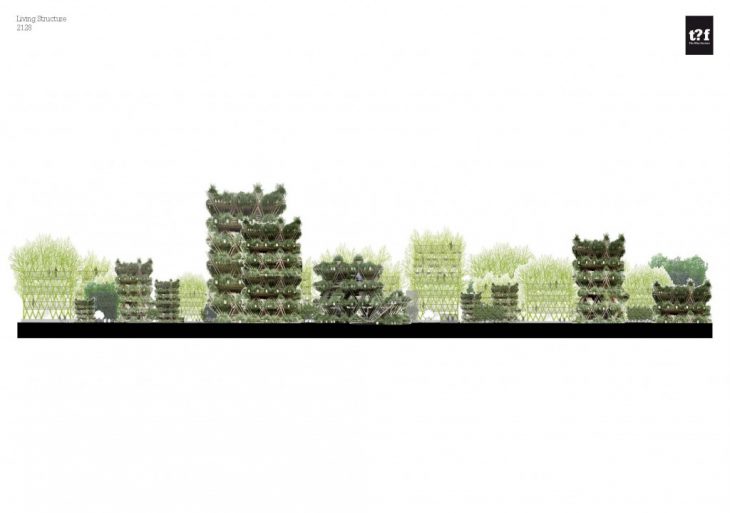
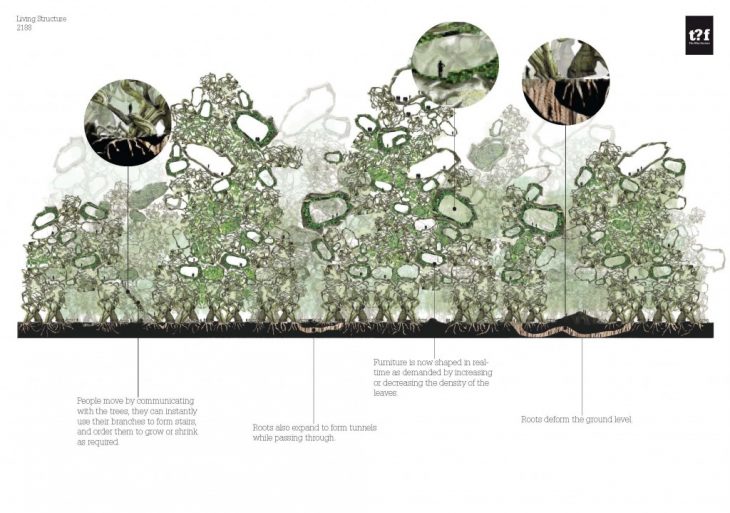
7: WHAT IF IN THE FUTURE… BUILDINGS COULD GROW BY THEMSELVES?
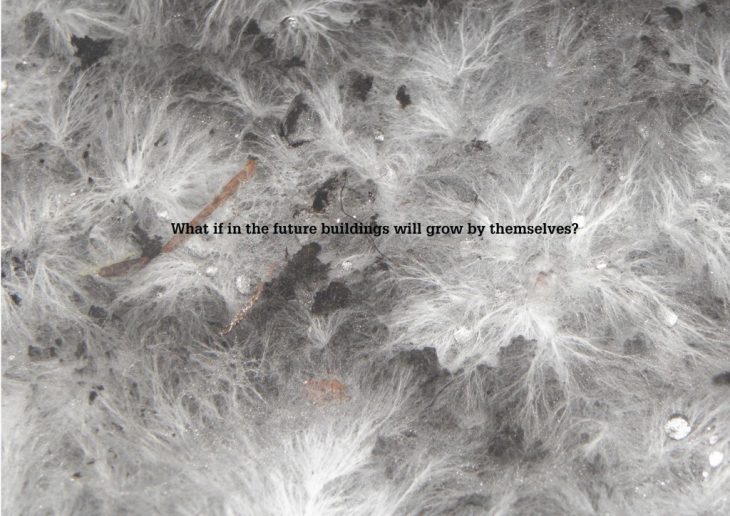
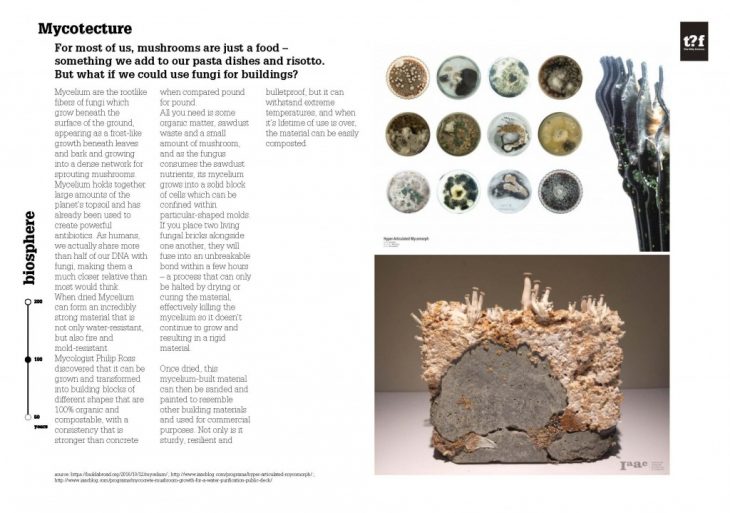
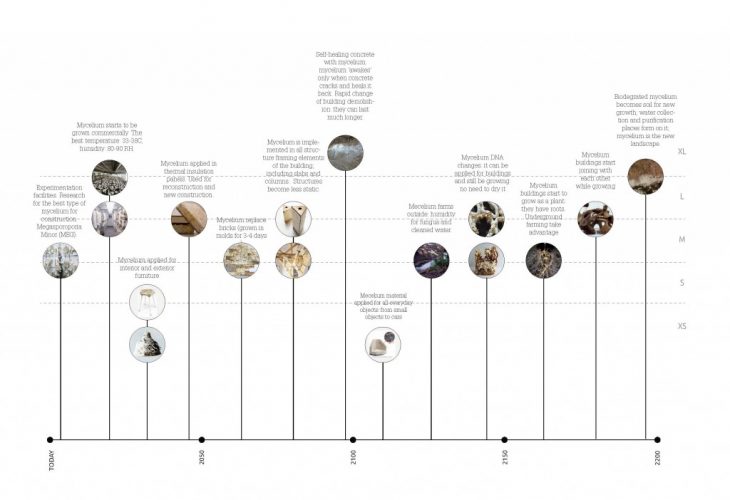
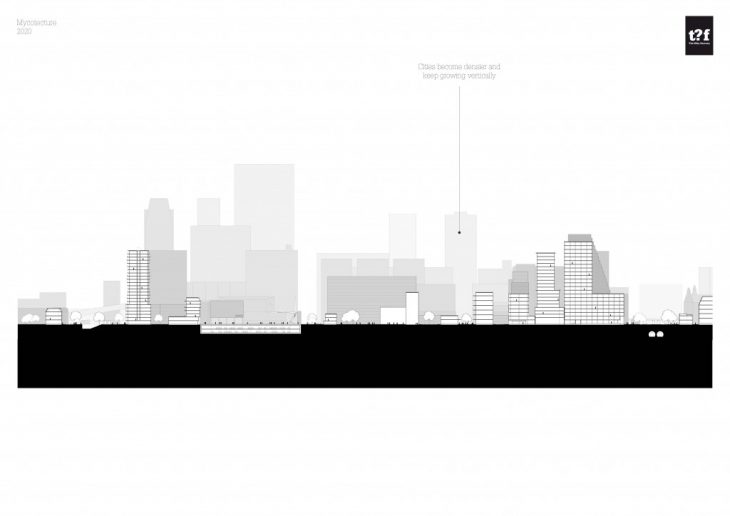
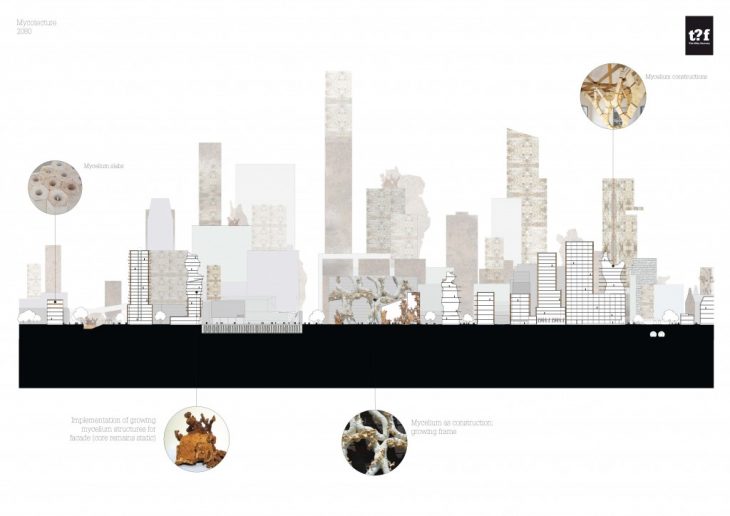
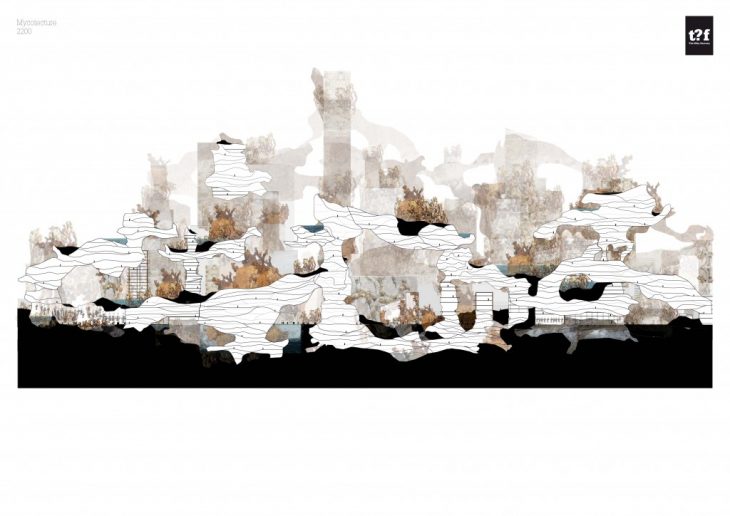
Afterward, all 8 technological timelines and all 8 sections were put together into a matrix, in order to study similarities and potential opportunities for one technology to “help” another to progress. Snapshots in time, or cells in the matrix, could be taken and analyzed from an urban data perspective (What is the global temperature in this moment? What is the population? How much waste is being produced? What materials are we building with?). In this way, the scenarios act as a tool to help answer the original question. If we want to arrive at point X, how do we get there?
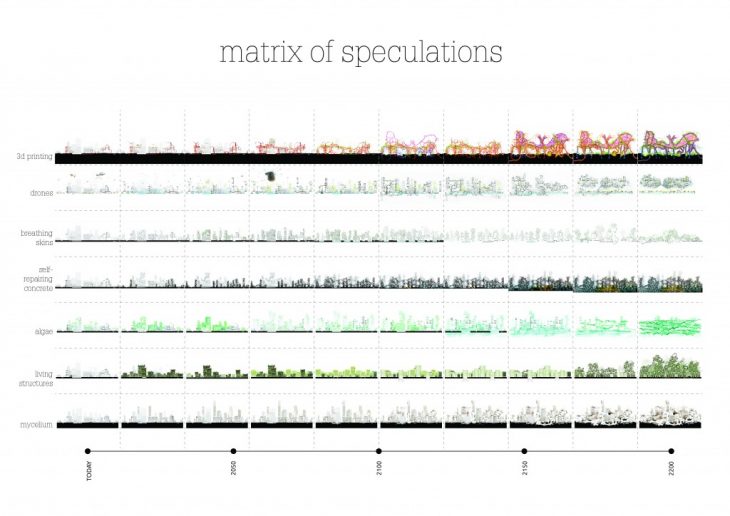
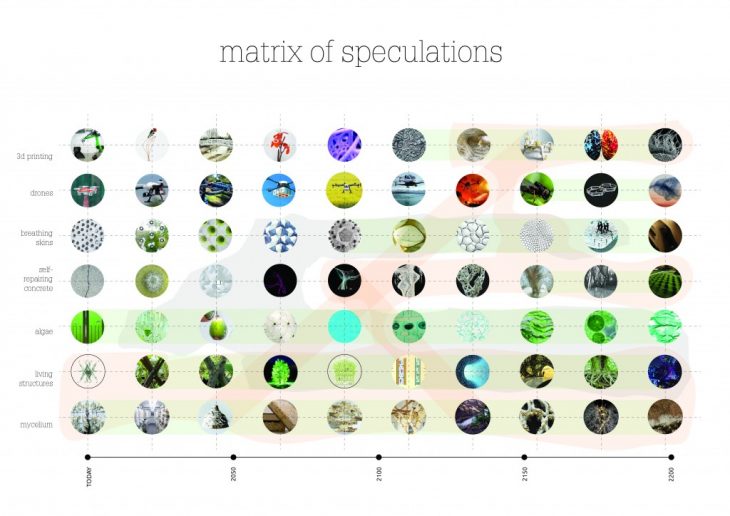
In the end, it became clear that nature and artifice are not so different. They develop in very similar ways.
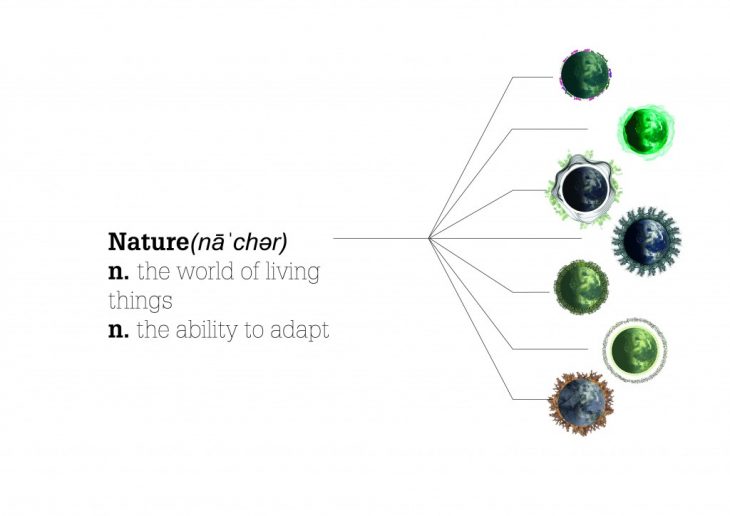
Robotic City: Library Of Speculations is a project of IAAC, Institute for Advanced Architecture of Catalonia, developed at MaCT (Master in City & Technology),
2017-18 by:
Students: Najla Aldah, Alba Alsina Maqueda, Camille Feghali, Ivan Himanen, Ren Jiale, Saule Gabriele Petraityte, Irene Rodriguez Vara, Venessa Williams
Faculty: Adrien Ravon, Winy Maas